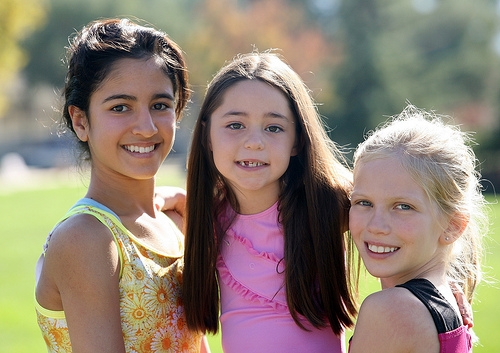It is not always possible to tell when your child’s bite has problems. For this reason, they need to have an orthodontic evaluation performed at around the age of seven to reveal any developing problems with misalignment.
Even though you may not always know there is a problem with your child’s bite, there are still a few signs and symptoms that indicate early problems. As their baby teeth start making way for permanent teeth, you should be able to observe that each and every tooth fits neatly next to its neighbors without large gaps or being crowded together in a crooked way. Your child’s upper teeth should be just a bit over lower teeth whenever the mouth is closed.
If you notice that your child’s bite differs from what is described above, they may have a problem with their bite. Not everyone has a perfect alignment between their upper and lower jaws. If there is a problem with the bite and it is not corrected in time, it can lead to a number of orthodontic difficulties in the long run that may prove hard to handle. Things like breakage and wear of the teeth, food retention, and speech difficulties may arise when the jaws are not properly aligned. Additionally, jaws that are aligned correctly are seen as more aesthetically pleasing, improving your child smile and making it even brighter than it is already.
Types of Bite Problems in Children:
Underbite
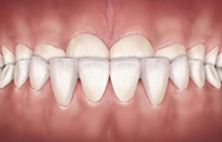
An underbite occurs whenever the lower jaw is extended beyond the upper jaw. In this type of situation, lower jaw teeth rest over the upper teeth. If an under bite is not corrected in a timely manner, it can lead to numerous other bite-related problems.
Overbite
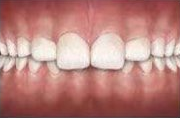
The overbite is a bite problem that occurs whenever the upper jaw reaches forward relative to the lower jaw. Upper jaw teeth rest over the lower jaw. In some cases, the teeth may overlap and appear to make the lower teeth hidden, leading to a smile that is gummy.
Crossbite
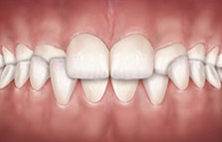
The crossbite is a type of misalignment that develops when an overbite and underbite are not treated in a timely fashion. With a crossbite, there is improper teeth alignment that appears disrupted. This can lead to the upper jaw being shifted to one side so that the child is now able to close their jaws and align them correctly.
Crowding
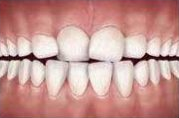
Crowding is a type of misalignment that develops when teeth do not have sufficient space to emerge from the gums when they are developing early. This typically occurs whenever the child is around 10 years old, but it can also develop later in life. Crowding is one of the main reasons that children need braces.
Open Bite
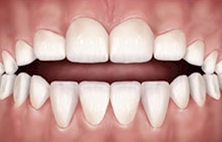
The development of an open bite is something that needs to be corrected in its early stages. This situation involves misalignment of the upper and lower jaw that leads to the development of large spaces between upper and lower teeth. This is a serious situation that can lead to severe chewing difficulties and a wide range of other jaw-related problems.
Misalignments/Abnormal Eruptions
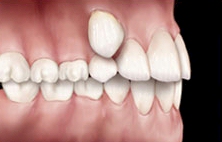
In some cases, the child’s upper teeth may protrude forward. Lower teeth may also retract too far back. Sometimes, a primary tooth is not in its correct position or proper sequence.
If you are noticing any of these types of situations develop with your child, please make an orthodontic appointment with Blalock Orthodontics soon so that they can conduct a full examination. When detected early, these types of problems can usually be corrected to prevent or eliminate additional problems.


